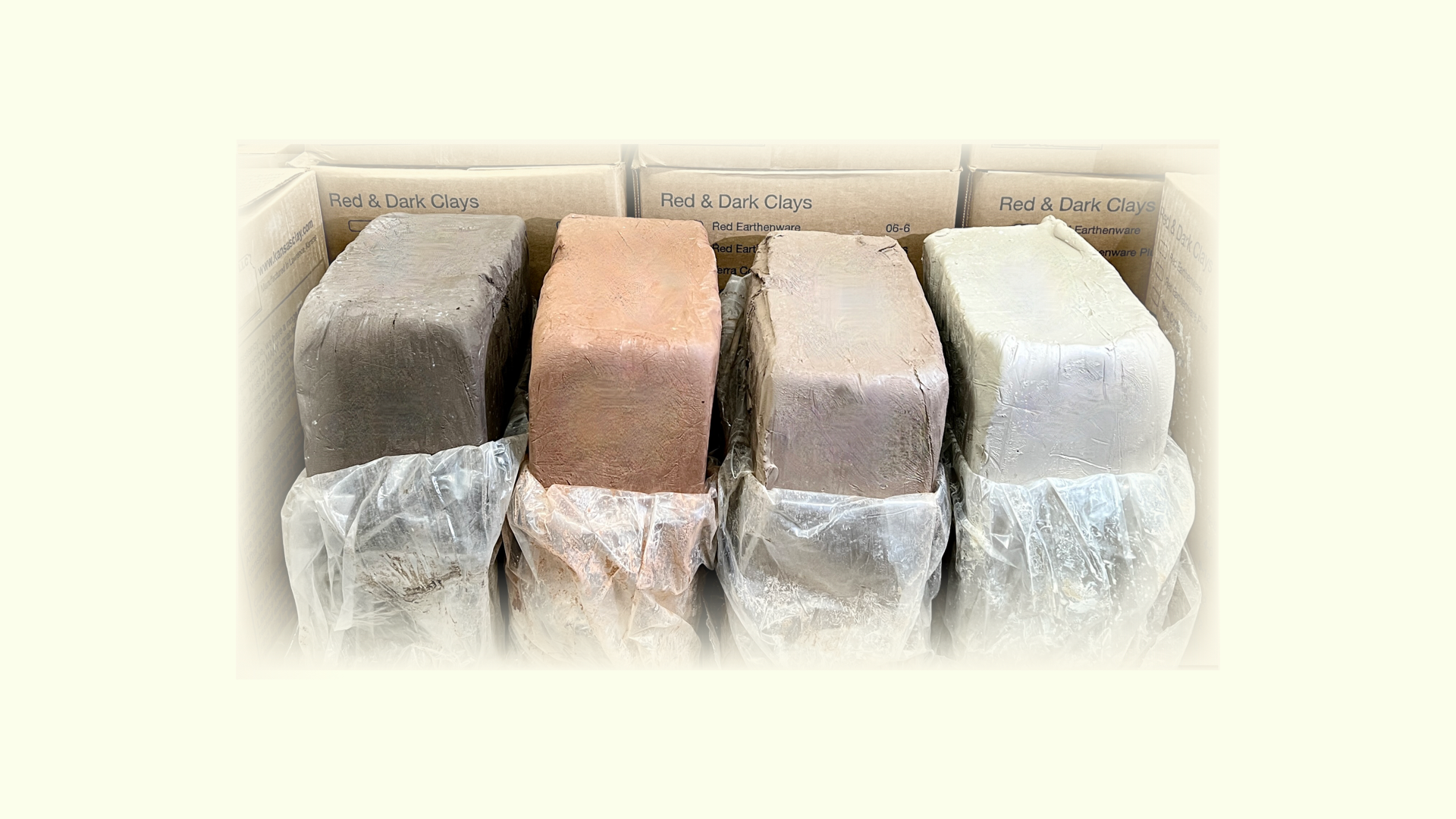Furniture Kit for 23" Kilns (21" shelves)
Regular price
From $346.50
Sale price
From $346.50
Regular price
$385.00
Choose your option
Furniture Kit for 28" Kilns (26" shelves)
Regular price
From $434.00
Sale price
From $434.00
Regular price
Choose your option
Glaze Mixing Service
Regular price
From $20.00
Sale price
From $20.00
Regular price
Choose your option
Gleco Trap replacement O-Ring
Regular price
From $3.00
Sale price
From $3.00
Regular price
Choose your option
Good Earth Clays Sticker
Regular price
$2.00
Sale price
$2.00
Regular price
Choose your option
Good Earth Gift Card
Regular price
From $10.00
Sale price
From $10.00
Regular price
Choose your option
Hardwood rolling pin with bearings
Regular price
$20.00
Sale price
$20.00
Regular price
$20.00
Choose your option
Choose your option
Kiln Diagnostic, Complete (within 60 miles of Brackers)
Regular price
$250.00
Sale price
$250.00
Regular price
Choose your option
Large Plastic Scoop
Regular price
$11.00
Sale price
$11.00
Regular price
Choose your option
Choose your option
Choose your option
MAGMA - Miracle Anti-Gravity Multipurpose Additive
Regular price
From $6.00
Sale price
From $6.00
Regular price
Choose your option
Makers Muse Bundle 1
Regular price
$40.00
Sale price
$40.00
Regular price
$49.49
Choose your option
Mini Slip Dropper
Regular price
$2.00
Sale price
$2.00
Regular price
Choose your option
Mustard Spoon
Regular price
$0.75
Sale price
$0.75
Regular price
$1.00
Choose your option
Professional Development
Regular price
From $300.00
Sale price
From $300.00
Regular price
Choose your option
Protection Tube for 12 Thermocouple
Regular price
$24.15
Sale price
$24.15
Regular price
$24.15



































